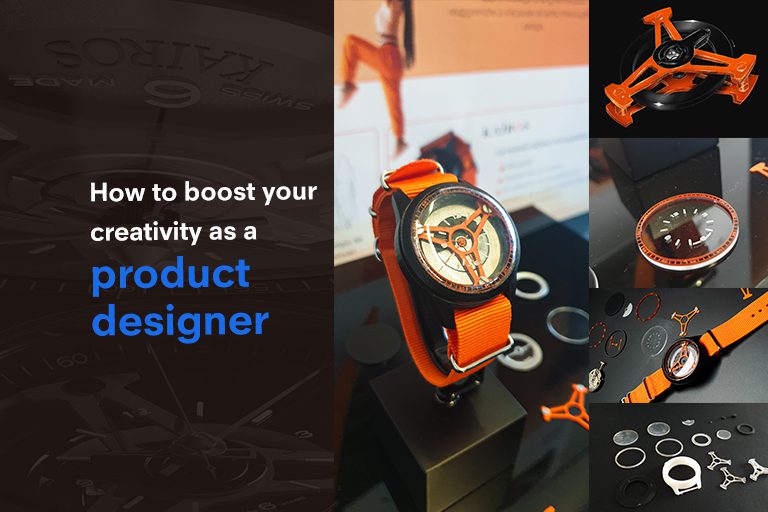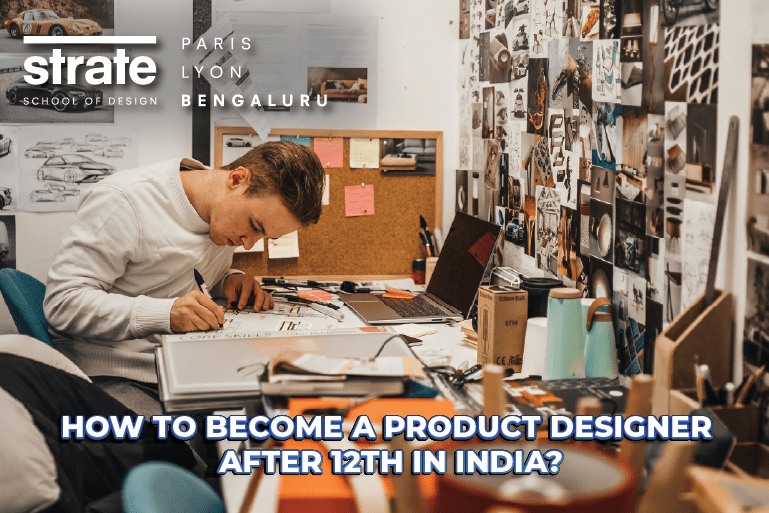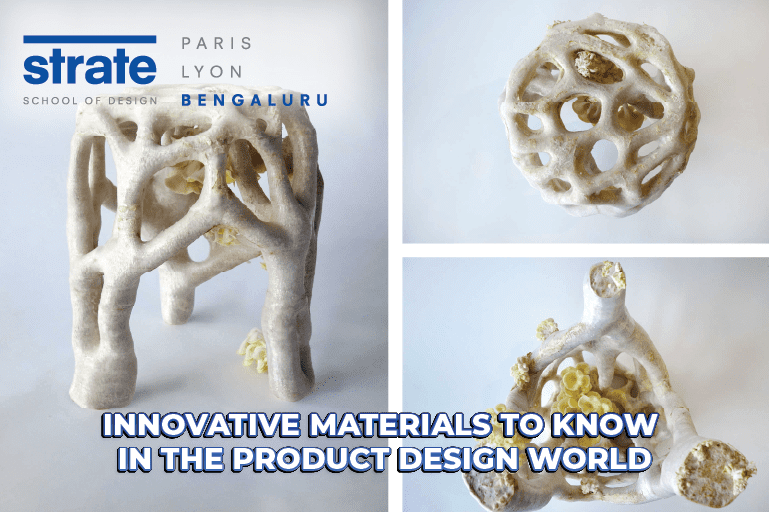How to enhance creativity as a product designer
It takes a lot of grit and much more ingenuity and innovation to design a game-changing product, whether virtual or real. Your creativity can fizzle out anytime, whether you’re a designer, a programmer, or a product developer. How often have you been in a scenario when you needed to solve an issue or make a presentation, and your mind went blank?
Many products may appear to be unrelated initially. However, if you look closely, you’ll notice that their functions converge at some point. At that moment, creativity emerges.
Also Read: New-Age Design Philosophies of Global Brands
At these crossroads, many historically significant innovations can be found. The first printing press was invented by Johannes Gutenberg, who combined a wine press and a die/punch. Josephine Cochran invented the first reliable dishwasher by placing the wheel inside a boiler. Nanotechnologists recently fixed their miniature robots with shells so they could swim through your blood and mimic the movements of a scallop.
“Designing a product is designing a relationship” – Steve Rogers.
Consumers expect new product options regularly, the competition continuously brings new items to market, and the speed with which scientific and technological advancements are occurring makes previously insoluble problems a piece of cake. Companies have a shorter time to identify audience needs, brainstorm, test concepts, and launch successful products.
Also Read: Global Impact of COVID on Design Ecosystem
Here are some of the techniques today’s most innovative product designers use to bridge the gap and accelerate creativity, innovation, and new product creation.
Lateral thinking
Lateral thinking is the means of addressing problems by employing reasoning that is not immediately clear. Here’s an example of a problem that requires lateral thinking: If a red house is built with red bricks and a blue house is built with blue bricks, what is a greenhouse made of? And the correct answer is glass!
When attempting to merge two opposing ideas, approaching the problem laterally rather than the conventional top-down method might be beneficial. It can also be helpful when confronted with the idea that a product must be a certain way due to historical examples in the industry.
Also Read: Applications of Color Theory By Top Brands
Creating a low-cost, high-impact prototype
Rather than waiting for new ideas, it is sometimes more effective to test the impact of a prototype on consumers immediately. This allows you to experience them directly and lend credibility to the innovative ideas you suggest in meetings.
Although creating a presentable prototype might be difficult and time-consuming, there are some quick and easy ways. Produce videos or interactive presentations that imitate the fundamental components of a product.
Collaboration
Teaming up with a fellow creator can be a great way to re-ignite your creative juices, whether for a side project or a collaborative approach to client work.
Even the greatest brains in history, like Steve Jobs, required somebody to bounce ideas off. Collaboration, and the generation of new ideas, can be genuinely liberating. Plus, rather than duplicating work, you’ll be able to learn from one another as your skills complement each other.
Examining core principles
At this stage, you’re examining the fundamental concepts that govern the solutions, features, and aesthetic treatment of goods you appreciate or use in your daily life. When increasing your awareness of design concepts, don’t limit yourself to industry or media. Solutions might be influenced by real-life situations and people. When it comes to fostering creative thinking, variety is essential. Getting out of your routine and environment might also assist you in making connections between seemingly unconnected events.
Documenting your ideas when the mood hits
Instead of going through your days with great ideas but forgetting about them once you return to your trade, keep a journal of your life experiences. You’ll be amazed how many ideas are lost throughout the day, which converts into missed opportunities to leverage your creative ambition in your everyday work world, whether through a creative lookbook or collaborative board like Pinterest or Evernote or by capturing images.
Visually examining a single element might help you get inspired
Another technique to encourage your mind to think creatively is to focus on a particular feature, such as a vintage clock or a brightly colored chair, and concentrate on the design characteristics. This regular habit of dissecting and analyzing will train your mind to look for creativity in all aspects of your life. Try it a few times a week until it comes naturally to you and you don’t have to make yourself do it.
Embracing empathic design
According to the Harvard Business Review, embracing empathic design is one way that substantially speeds up creation. Someone who empathizes with a product’s requirements, obstacles, and possibilities is known as an empathic product designer. Specifically, a user-designer who combines an intimate understanding of product use with the ability to predict new options for it. Ethnographic research — surveying and researching the behavior of potential or present users — is another well-documented technique to reach the same result.
Choose a product team that knows your market inside and out, and invest in dialogues to go outside your preconceptions and into customers’ thoughts.
Though this is only the beginning, hopefully, one or more of these creativity exercises can help you improve your design. It’s time to put your creative and fresh thoughts into action once your thinking has shifted into high gear and you’ve developed some new and innovative ideas.
Designers acquire their best ideas from various sources, but they all have one thing in common: they keep their eyes open. Paying attention to the beauty in the world around you, whether it’s in a stylish sports vehicle, a coffee machine, or even a good art gallery, leads to great design.
Once you’ve come up with a beautiful concept for what you want to do, arrange it and make a plan to carry it through. Creativity is merely the first step toward making your ideas a reality!
At Strate School of Design, Bangalore, you will be taught to create useful, beautiful, and responsible products. The 5-year integrated UG and Masters’s program in product design aims to train designers who can implement systemic thinking and design services and products satisfying those usages and issues. It is open to designers who want to create artistic yet functional products.
The scope of product design is far-reaching and lucrative. Demand for product designers has seen an upward growth over the years.
- The industry is currently developing at an annual rate of 10%, opening many opportunities for budding designers.
Product designers who want to make a career in this field should be highly innovative with a desire to transform their ideas into sustainable and useful products.
For more details on the admission and fees, visit our website strate.in. Our academic counselors can guide you through the program details and admission process.






Want to Become a Designer ?
Strate is a unique design school that nurtures your talents as a designer by offering state-of-the art designing courses in Bangalore.
Join Strate